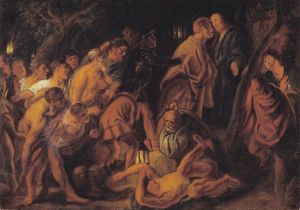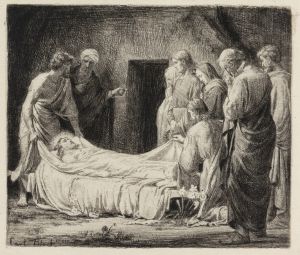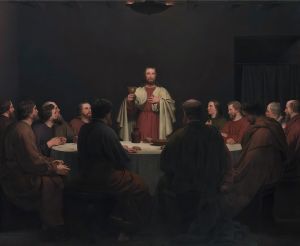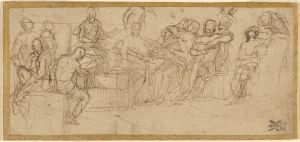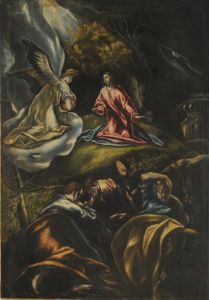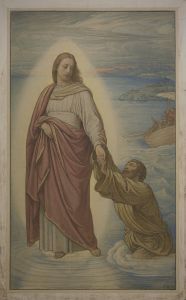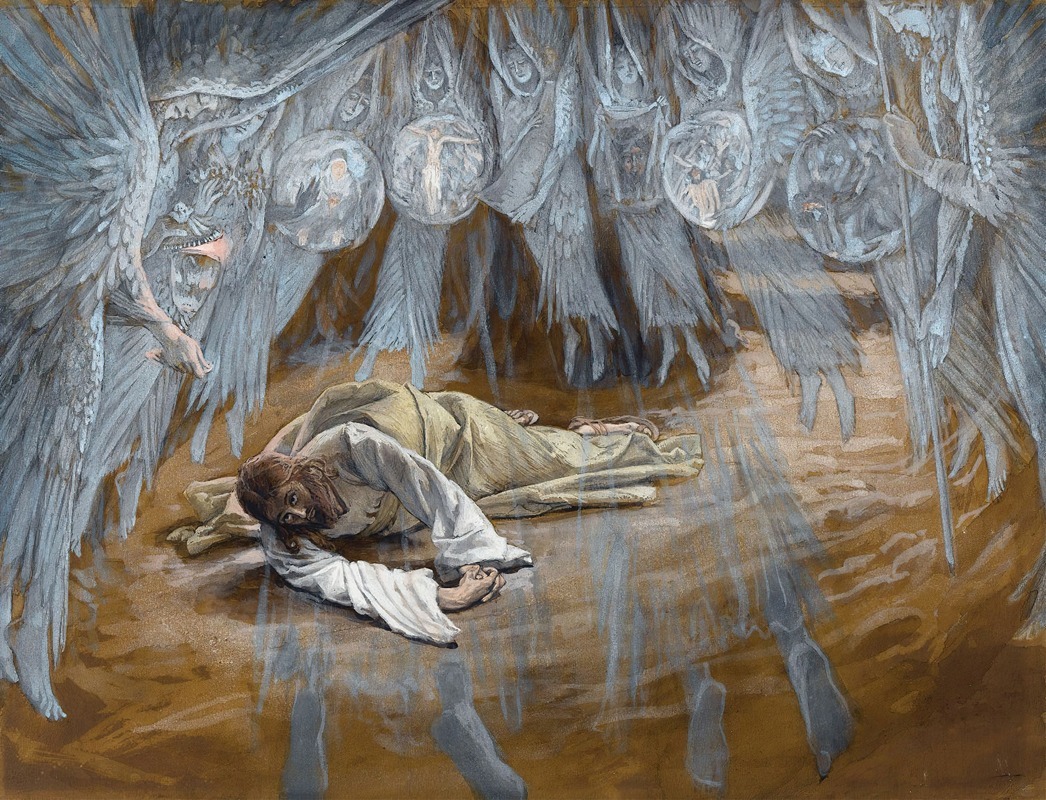
The Grotto of the Agony
A hand-painted replica of James Tissot’s masterpiece The Grotto of the Agony, meticulously crafted by professional artists to capture the true essence of the original. Each piece is created with museum-quality canvas and rare mineral pigments, carefully painted by experienced artists with delicate brushstrokes and rich, layered colors to perfectly recreate the texture of the original artwork. Unlike machine-printed reproductions, this hand-painted version brings the painting to life, infused with the artist’s emotions and skill in every stroke. Whether for personal collection or home decoration, it instantly elevates the artistic atmosphere of any space.
James Tissot, a French painter and illustrator, is renowned for his detailed and evocative works, particularly those depicting biblical scenes. One of his notable paintings is "The Grotto of the Agony," which is part of his ambitious series illustrating the life of Jesus Christ. This series, known as "The Life of Christ," was created during the latter part of Tissot's career and reflects his deep interest in religious themes.
"The Grotto of the Agony" depicts the biblical scene of Jesus praying in the Garden of Gethsemane, an event described in the New Testament. This moment is significant as it portrays Jesus in a state of deep emotional distress, aware of his impending crucifixion. Tissot's painting captures the solemnity and intensity of this moment, focusing on the human aspect of Jesus' experience.
Tissot's approach to biblical subjects was marked by meticulous research and a desire for authenticity. He traveled to the Middle East in the late 19th century to study the landscapes, architecture, and cultural details of the region. This dedication to accuracy is evident in "The Grotto of the Agony," where the setting and costumes reflect the historical and geographical context of the biblical narrative.
The painting is characterized by Tissot's distinctive style, which combines detailed realism with a sense of drama and emotion. His use of color and light enhances the mood of the scene, with subdued tones conveying the somber atmosphere of the garden at night. The composition draws the viewer's attention to Jesus, who is depicted in a moment of solitary prayer, emphasizing his vulnerability and humanity.
Tissot's "The Life of Christ" series, including "The Grotto of the Agony," was well-received for its innovative approach to religious art. Unlike many of his contemporaries, Tissot chose to depict biblical events with a focus on historical accuracy and emotional depth, rather than adhering strictly to traditional iconography. This approach resonated with audiences of the time and continues to be appreciated for its unique perspective on familiar biblical stories.
The series was first exhibited in Paris in 1894 and later in London, where it attracted significant attention. The paintings were eventually acquired by the Brooklyn Museum in New York, where they remain an important part of the museum's collection. "The Grotto of the Agony" and the other works in the series continue to be studied and admired for their artistic and historical significance.
In summary, "The Grotto of the Agony" by James Tissot is a notable example of the artist's commitment to depicting biblical scenes with authenticity and emotional resonance. Through his detailed research and distinctive artistic style, Tissot offers a compelling interpretation of a pivotal moment in the life of Jesus, inviting viewers to reflect on the human experience of divine figures.






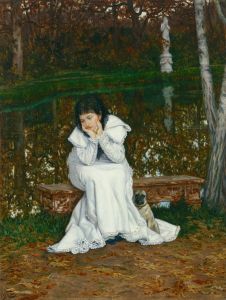
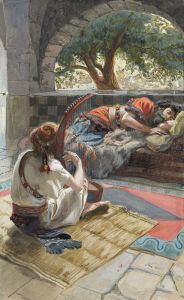
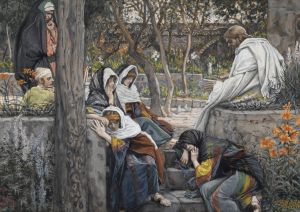

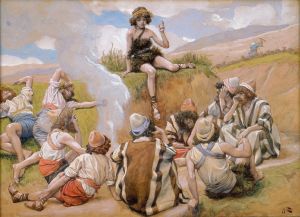
![The Commader in Chief in India [General Sir Frederick Paul Haines], Military and Navy, from Vanity Fair, March 25, 1876](/imgs/214448/s/james-tissot-the-commader-in-chief-in-india-general-sir-frederick-paul-haines-military-and-navy-from-vanity-fair-march-25-1876-18a8ea9e.jpg)

